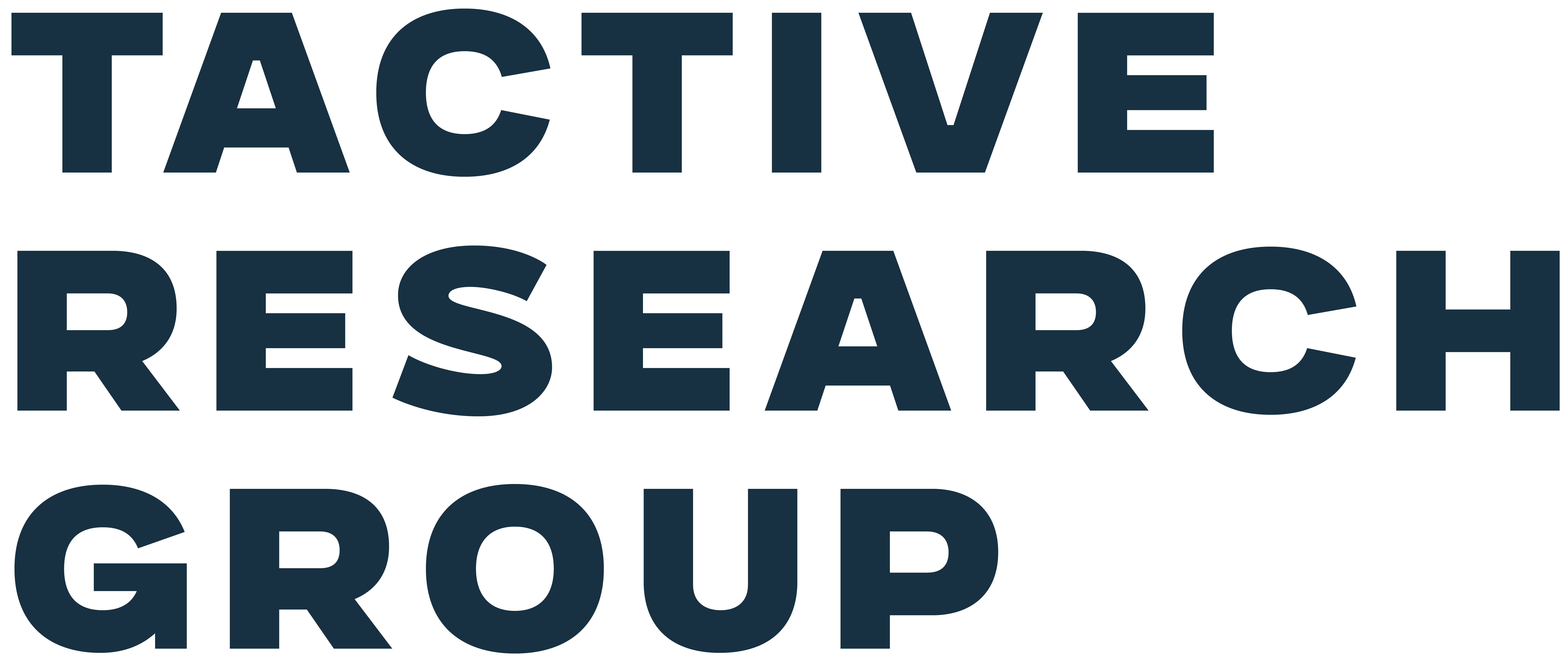CIOs should prioritize thorough security audits for local large language models (LLMs) to mitigate risks while ensuring compliance and safeguarding sensitive data. While deploying LLMs locally enhances data sovereignty, neglecting security protocols can lead to vulnerabilities.
Why You Should Care
- Enhanced data sovereignty. Local LLM deployment ensures that data remains within organizational control, reducing reliance on third-party providers and enhancing regulatory compliance. This is especially critical for industries with strict data protection laws like healthcare or finance.
- Reduced risk of data breaches. By hosting LLMs internally, organizations can minimize the risk of data breaches caused by external attackers targeting cloud-based systems. However, this advantage can be negated without robust security measures.
- Customization and innovation opportunities. Tailoring LLMs to specific organizational needs can drive innovation and efficiency. However, this customization must be balanced with safeguards against misuse or unintended consequences.
- Compliance and reputation protection. LLMs designed for local use require adherence to internal policies and ethical guidelines. Non-compliance can damage an organization's reputation and lead to legal issues.
What You Should Do Next
To protect sensitive data when deploying large language models (LLMs), always start by using isolated environments. It’s also important to invest in AI-driven monitoring tools that can quickly detect and prevent any misuse. Make security a continuous priority by conducting regular audits to catch vulnerabilities early. Finally, don’t overlook the human side. Be sure to provide thorough training for employees so they’re clear on both the ethical standards and security protocols needed to work responsibly with LLMs.
Get Started
- Deploy LLMs within isolated environments. This maintains strict control over model operations and safeguards against potential security breaches.
- Deploy AI-driven monitoring tools. Use these tools to continuously assess the model’s performance and usage and detect any anomalies.
- Train IT teams and employees. They must understand the best practices for managing and governing local LLMs.
Learn More @ Tactive
Four Key Strategies to Mitigate AI Supply Chain Risks from Large Language Models

